It’s October! This means Durga Puja in Kolkata to me. Durga Puja is my absolute favorite festival. This is the time of the year I most look forward to – when I take a trip back to my hometown to celebrate the festival with family and friends. This post is dedicated to “Pujo”, as we Bengalis fondly call it – the “pandals”, the food and the rituals.
Durgotsav
Durgotsav literally translates to “the festival of Durga”. Held during the Bengali month of ashwin (gregorian calendar months of September/October), this festival celebrates Goddess Durga’s victory over the demon, Asura. The lore says, Durga was created by the gods to defeat the king of demons, Mahisasura. She was shaped as an epitome of female strength and was empowered with weapons in her 10 hands for the battle. She fought and emerged triumphant over evil.
Every year Durga, along with her children Lakshmi, Saraswati, Kartik and Ganesh, travels to her maternal home for 10 days. These 10 days mark the occasion of Durga Puja though the main celebrations are held from the sixth day, “Shasthi. Five days of festivities follow, at the end of which – on the 10th day, Dasami / Dussera – she returns to her marital home in Kailash (abode of Lord Shiva). This is symbolized by submerging the deity in the waters of the holy river Ganga.
Durja Puja is a sarbajanin festival meaning it is held for the people / masses. Generally they are held in para (colony/block) / area/ locality wise or in apartment buildings /societies rather than in individual houses. In older traditional zaminder families/houses, they are held in respective houses usually in their ancestral homes.
The Rituals
Puja (prayer) is conducted on each of the 5 days of the festival twice a day – morning and evening. Additionally, there are various special rituals carried out each day. Alongside all rituals and prayers, one traditional custom is the beating of drums or “dhaak“. Every year when I hear the dhaak bhajna sounds, it fills me with excitement and joy!

Shasthi (Day 6)
This is when the festival officially begins. The devi’s face is unmasked on this day as part of the opening ceremony called bodhon. Then we carry out the“astradaan” ceremony wherein the goddess is armed with her weapons formally. She holds sword, chakra (discuss), trishul (trident), axe, bajra (thunderbolt), khitaka (mace), shankh (conch), padma (lotus), bow and arrow, snake in her 10 hands. Each of the weapons were gifted to her by each of the gods.
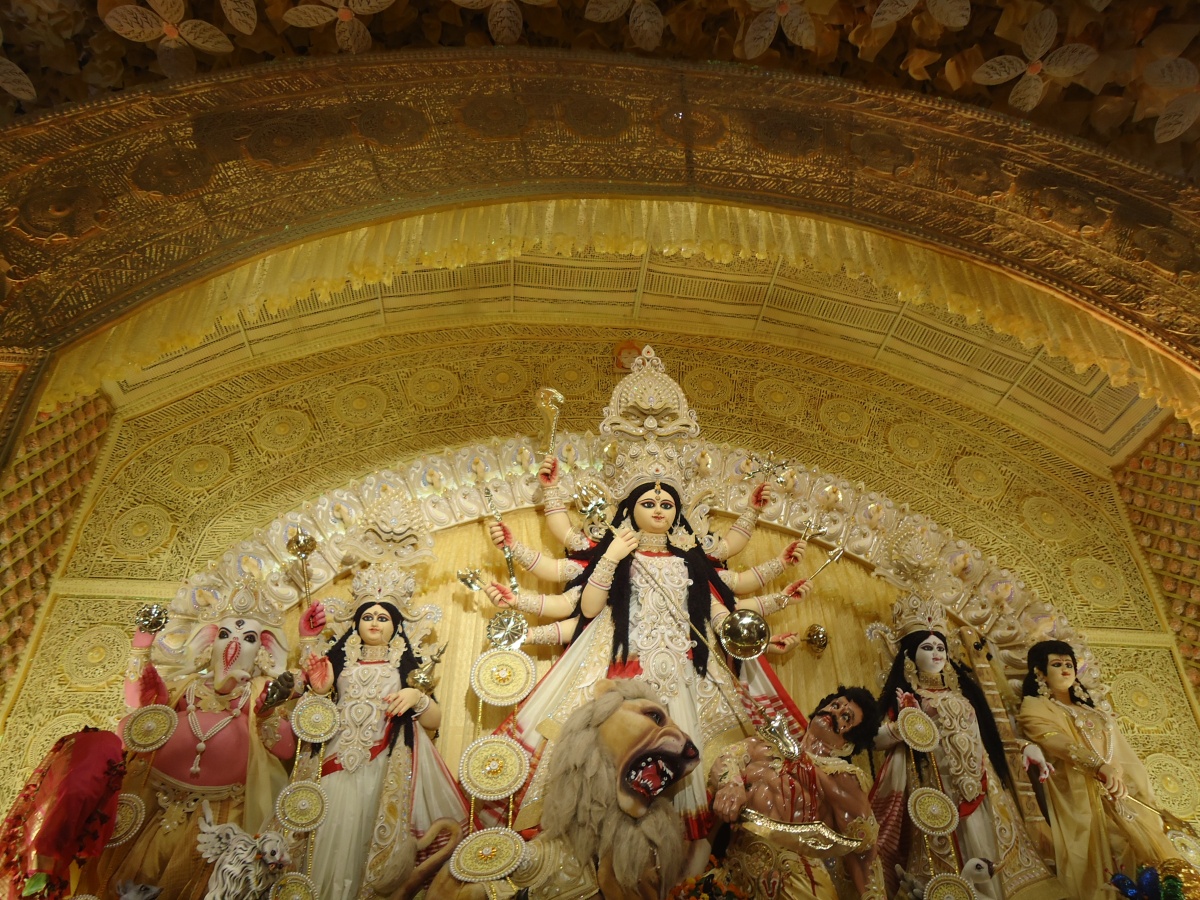
Saptami (Day 7)
On this day, we bring home the wife of Ganesh – by bathing and worshipping her on the ghats of Ganga – lovingly called “kolabou snan”.
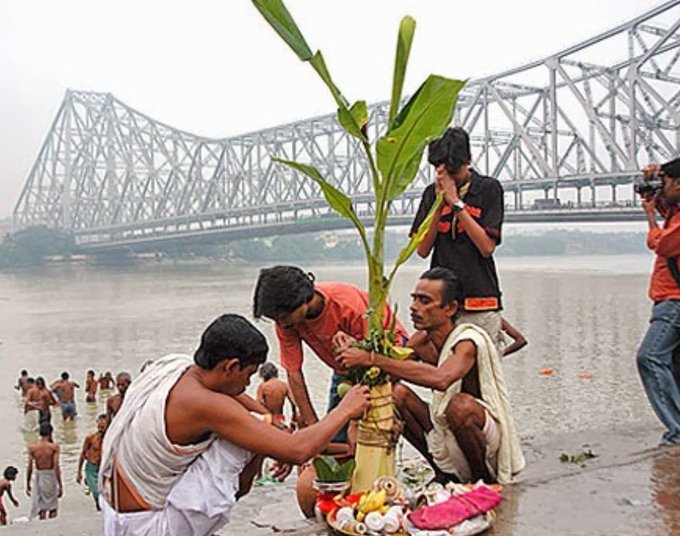
Ashtami (Day 8)
This day – considered to be the most auspicious day – sees us holding prayers at midnight “shandhi puja” by lighting 108 diyas (lamps) and offering 108 freshly bloomed lotuses (Padma ful). This is the day we offer our prayers with flowers at the goddess’ feet – “anjali” – in the morning. “Kumari puja” is also observed on this day when we worship a young girl whom we consider to be the form of the goddess Durga.
Navami (Day 9)
This is the day we perform the well-known “dhunuchi naach” where evening prayers (“aarti”) are accompanied by dance with incense lamps. This dance is art form in itself. One must watch to know the mesmerizing beauty – and fun! – of it.

Dasami (Day 10)
The last of the week-long festival (day 10), Dasami, is when womenfolk worship all five gods and goddesses, feed them sweets and water as a final goodbye ceremony. Then there is the playful “sindur khela” where we put vermillion (meaning: sindur) on each other’s faces and foreheads as a form of good wishes. This is a fun ritual which I love to participate in!
The idols are then taken to nearby pools / the Ganga as a procession which goes round the streets with people dancing accompanied by dhaak and shankh sounds as part of the goodbye ceremony. Finally, we immerse the idols in water – “bisarjan” – and bid the goddess and her family adieu with cries of “Bolo dugga ma-i ki jayy!” (meaning: Hail the Mother Durga).
Aasche bocchor abar hobe! (meaning: until next year).
Shubho Bijoya!
After immersion, we take our elders’ blessing by touching their feet and exchange sweets to end the festival. Over the next few days, we visit family and friends, bringing home made sweet meats and offerings our well wishes and greetings for the year ahead.
So this was about the holy rituals and ceremonies observed during the festival. In the next post, I will be writing about the most fun parts of the “pujo” – the pandals and the food! Happy Puja everyone!
I’m taking my blog to the next level with Blogchatter‘s My Friend Alexa campaign.


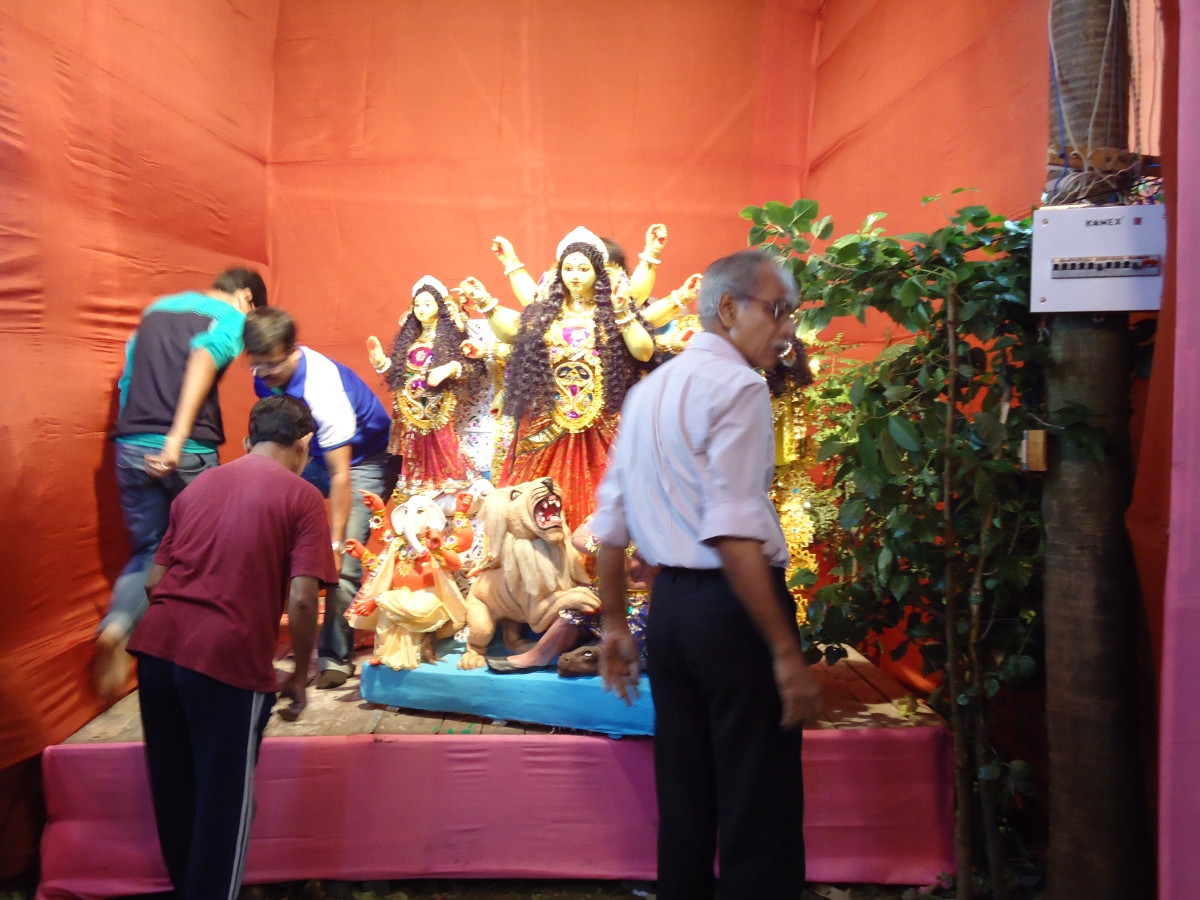


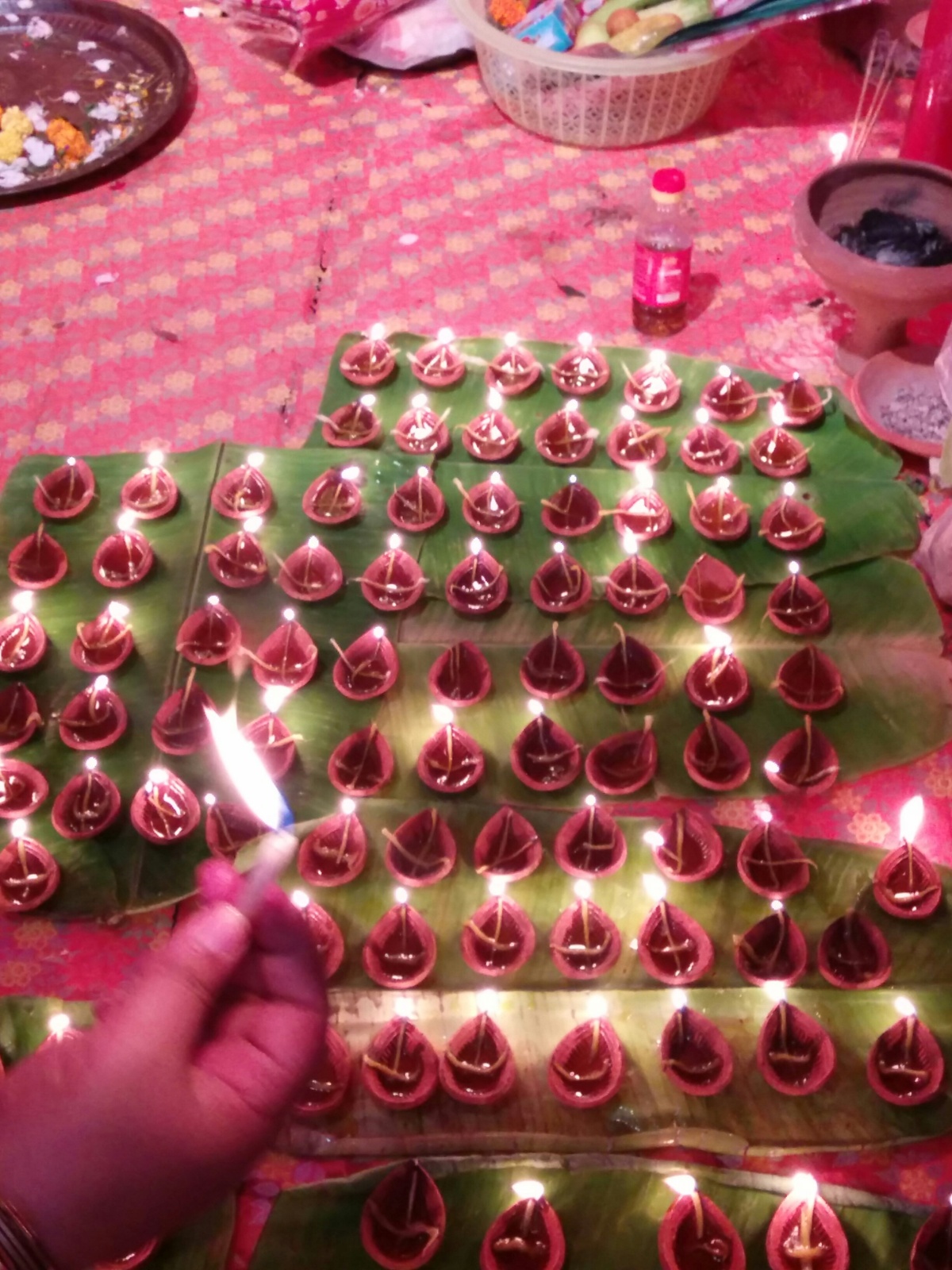

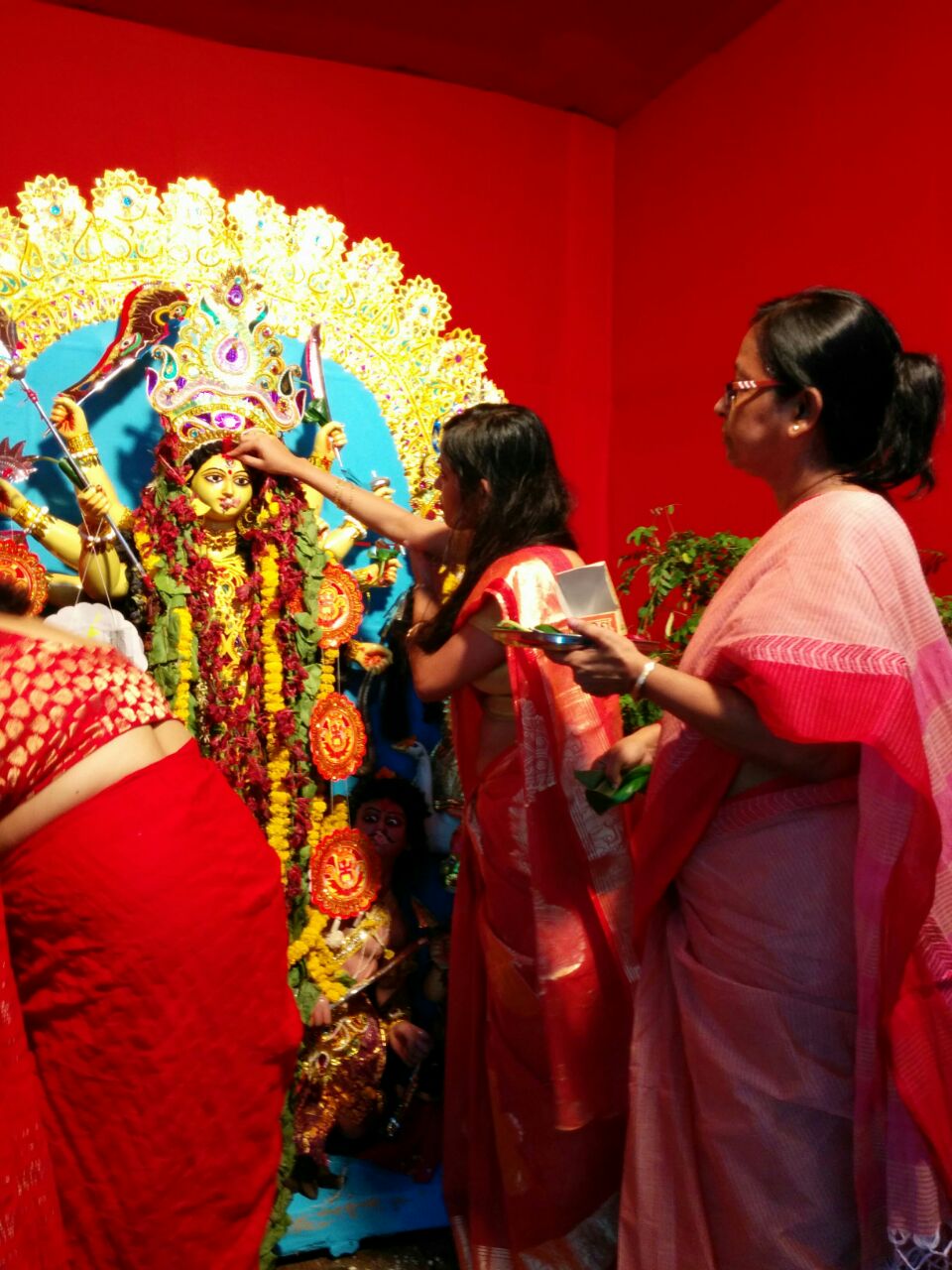

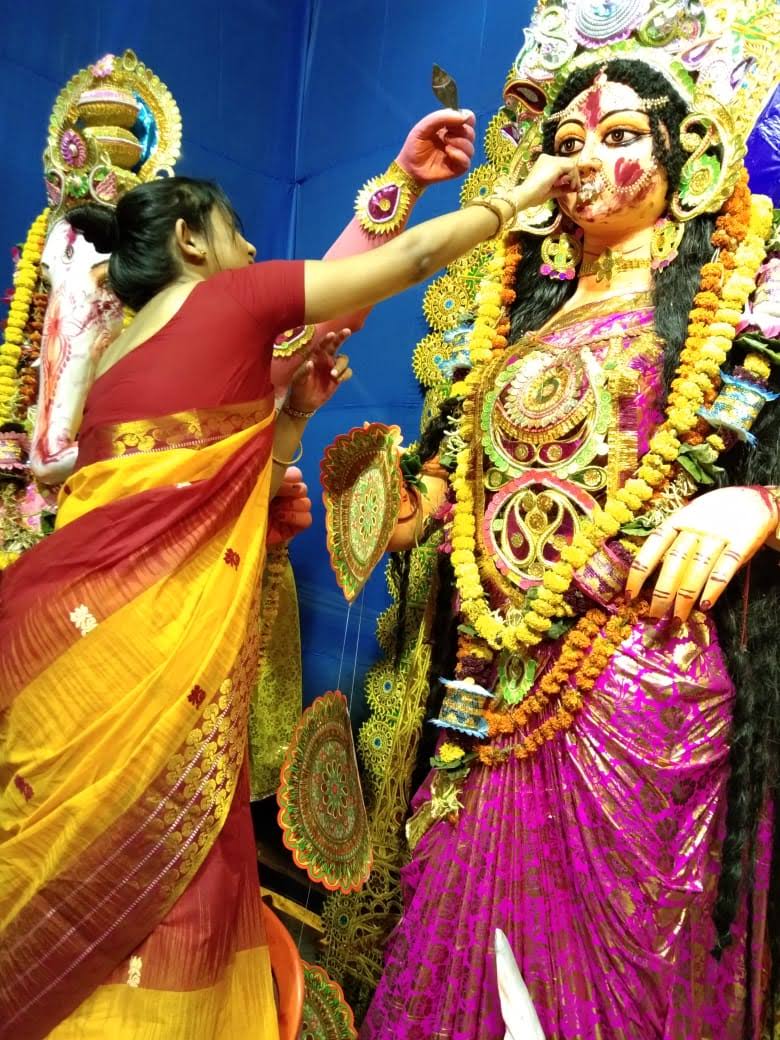

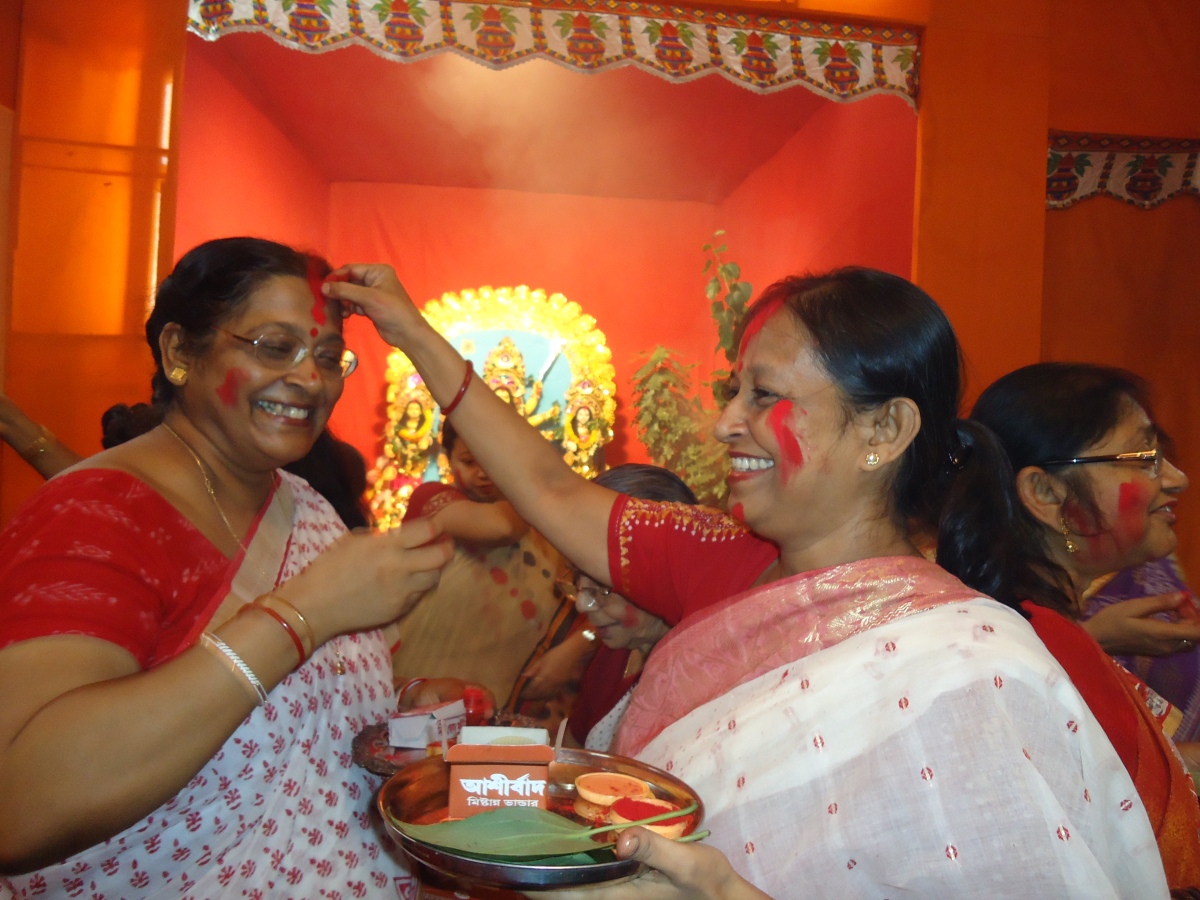
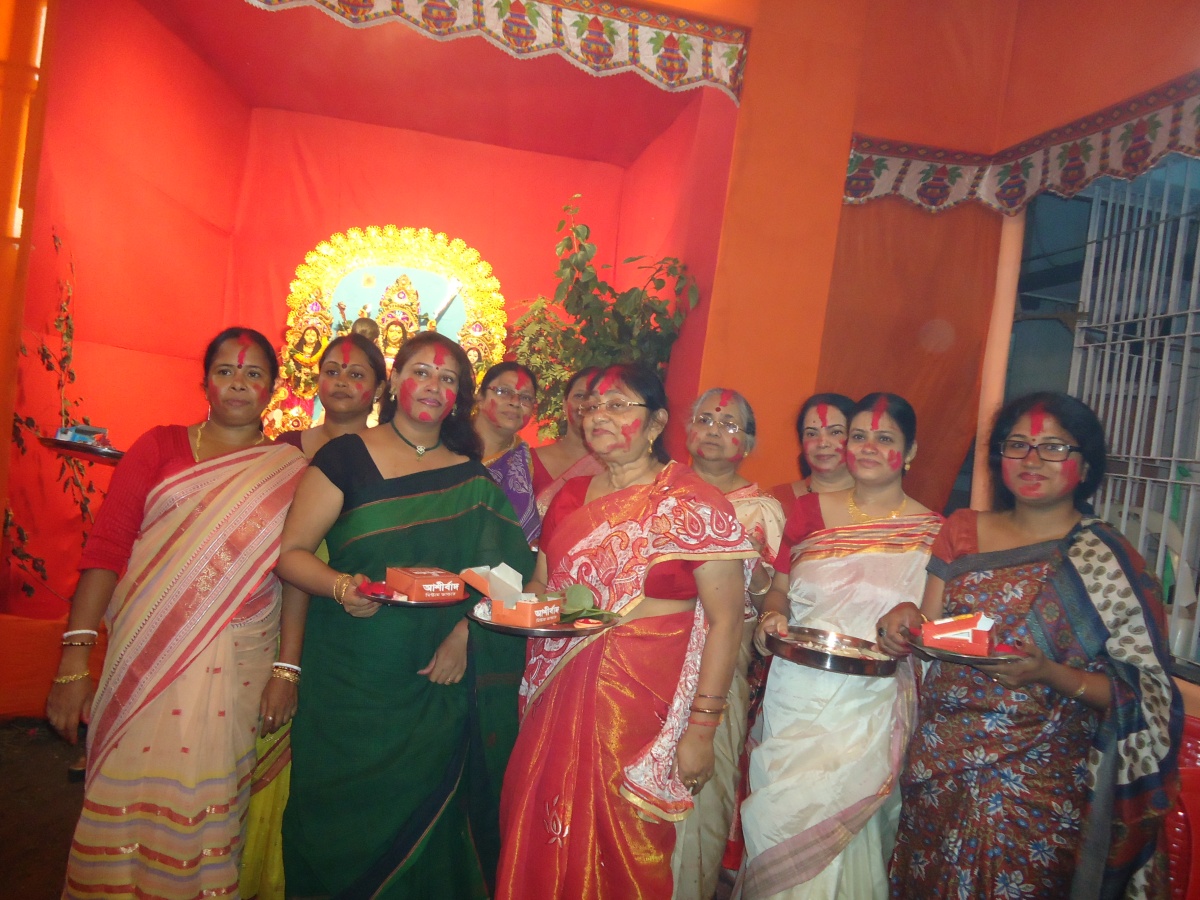
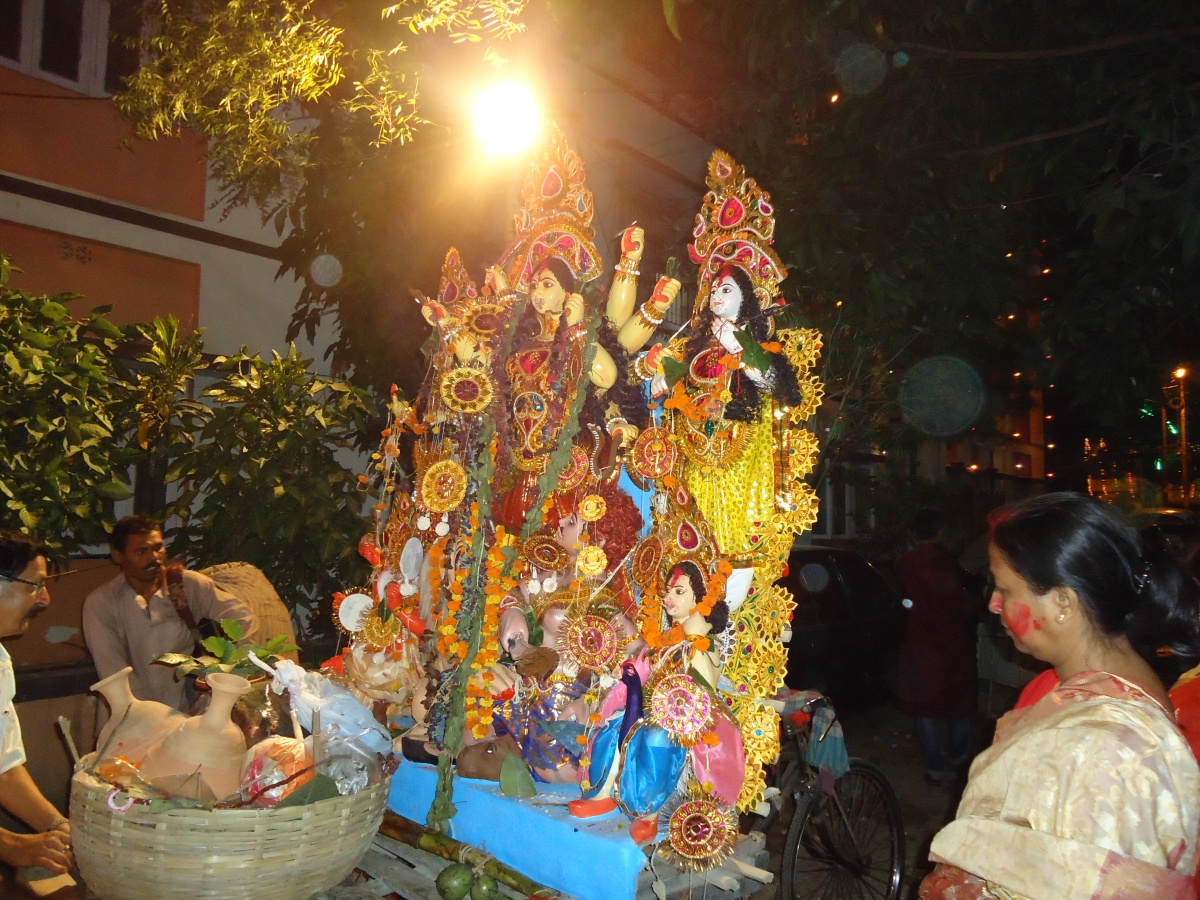




Really miss the Pandal hopping this year…this was so wonderful! Hopefully next year we would have the celebrations at our apartments and in the Pandals.
Next post will be about pandal hopping!
Very nice writing. The details are so good. Language is superb.
Congratulations
Thank you!
This is an amazing post, seems like a virtual tour of the entire celebrations
Oh Durga pujo isn’t emotion .Enjoyed reading the post .
I have a wish to see the Durga Pujo festival in Kolkata once. Really enjoyed the post.
I loved your writing style. Also, thanks a lot for sharing this, I never knew these little details on the festive. Thanks a lot for enlightning me.
Thanks Nazish! It’s my pleasure. Glad you liked it.
This is what I’ve missed while I was in Kolkata last time! I always wanted to visit Kolkata during this time! Many times it didn’t happen and when I finally got a chance to visit Kolkata I almost missed the opportunity to be there at the right time.
Well I have a few posts from Kolkata. It would be great to have a perspective from a local. Would you care to have a look?
Sure! I’ll check them out.
Kolkata is beautiful during Durga Puja. You have explained the significance of each day very well.
Pingback: Durga Puja in Kolkata Part 2 – Pandal Hopping & Pet Pujo – Around The World